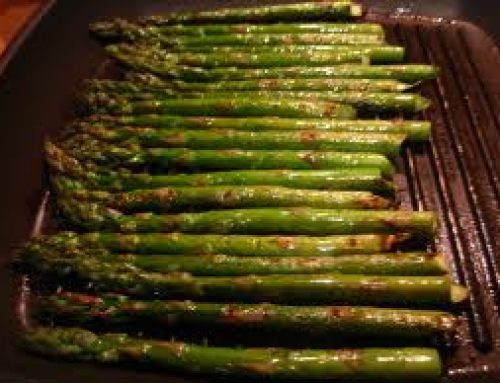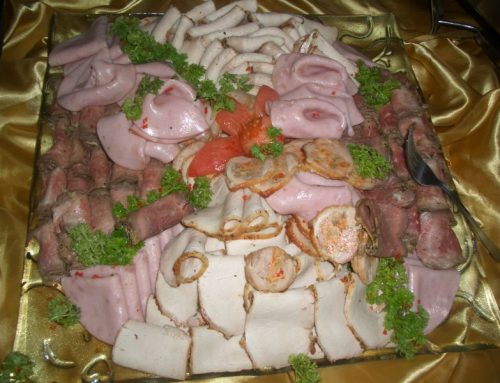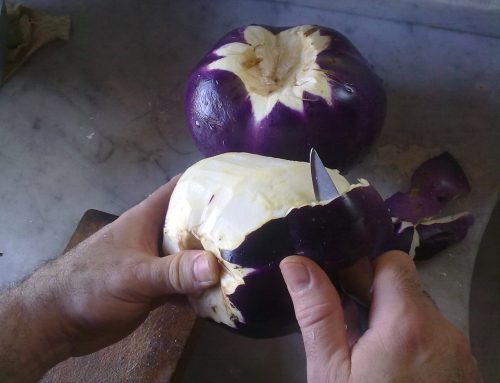Quinces are fruit which are related to closely to apples and pears.
They have smooth, fragrant texture when they are ripe and have a golden yellow skin.
However, because the flesh is very hard and bitter, it is only eaten cooked by humans. Once it is cooked the flesh has a more deeper flavour and goes a pink colour. They are often used for jams and jelies.
source bbc good food
So can guinea pigs eat quince, and if they can, how much of it can they eat?
Lets take a look at its nutritional data and find out a bit more about this fruit.
As per usual, we’ll look particularly at its calcium, acid, sugar, fat and phosphorus content which are particularly pertinent for guinea pigs.
A good amount of vitamin c and a is also very beneficial for guinea pigs.
Energyt238 kJ (57 kcal)
Carbohydratest15.3 g
– Dietary fibert1.9 g
Fatt0.1 g
Proteint0.4 g
Thiamine (vit. B1)t0.02 mg (2%)
Riboflavin (vit. B2)t0.03 mg (3%)
Niacin (vit. B3)t0.2 mg (1%)
Pantothenic acid (B5)t0.081 mg (2%)
Vitamin B6t0.04 mg (3%)
Folate (vit. B9)t3 μg (1%)
Vitamin Ct15 mg (18%)
Calciumt11 mg (1%)
Iront0.7 mg (5%)
Magnesiumt8 mg (2%)
Phosphorust17 mg (2%)
Potassiumt197 mg (4%)
Sodiumt4 mg (0%)
Zinct0.04 mg (0%)
(source: Wikipedia)
As you can see quince contains a little bit of phosphorous, and calcium, is a little acidic and contains a hint of fat.
This makes it pretty good for guinea pigs. In fact they can eat it twice a week if need be. It contains a very good amount of vitamin c which will help them with the vitamin deficiency that piggies have.





